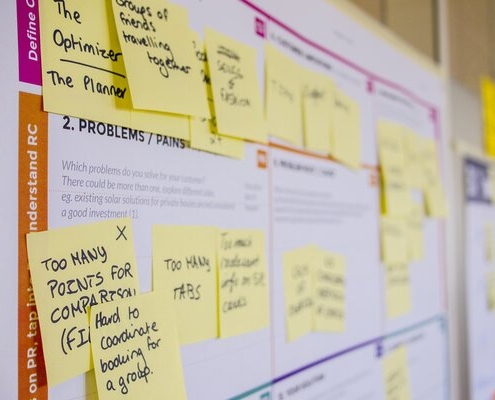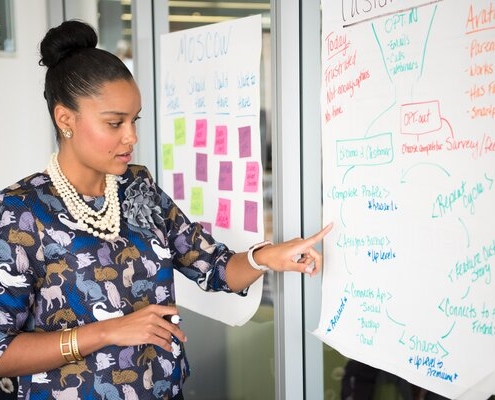Successful Eating Plans and Project Management Have a Lot in Common
I enjoy cooking — and eating – and I also believe in the benefits of a healthy eating plan. A recent conversation reminded me of the similarities between successful eating plans and project management. So grab that acai bowl (or rice cake if you insist on dieting) and have a read.
- The correct amount is ideal. Sufficient, not excessive calories are key to effective nutrition plans and project plans. Fewer people on a project are easier to manage, reduce communication problems and are more likely to work as a team. Just as you don’t want to eat more because you have low-cal foods on hand, don’t add project team members unless they have expertise you need. Using the correct amounts in your eating plan and your project will yield better results.
- The right mix is crucial. An eating plan includes a mix of nutrients to keep you healthy. A project also needs the right mix of technical leads, industry expertise, and action- and planning-oriented team members. Your project is apt to stall with an out of balance team.
- The timing of consumption matters. When you eat can be as important as how much you eat. Likewise, when you deploy project resources is important. Bring in experts too early and you might suppress your team’s ideas, because they defer to the expert. Bring in experts too late and you risk spending time and money on dead-end approaches they would know to avoid.
- Produce early results. Eating plans that don’t generate recognizable early results might be dropped as unsuccessful. When stakeholders dedicate budget and critical staff time to the project, they want reassurance that they are making a wise investment. When you deliver early project results, your stakeholders will stick with you, just as you will stick to the menu when you feel healthier, stronger, and more energetic.
- Keep your eye on the goal. Persistence pays off! Whether your goal is health, strength, energy, or weight loss, keep your eye on your objective—and remember that progress won’t be consistent. That way, your chance of success increases. With projects, monitor performance and accept that business priorities and issues might impede project progress.
If you can think of other similarities, post them in the comments section. I’d love to add them to this list.
For more about project management, check out my Project Management Foundations course.










